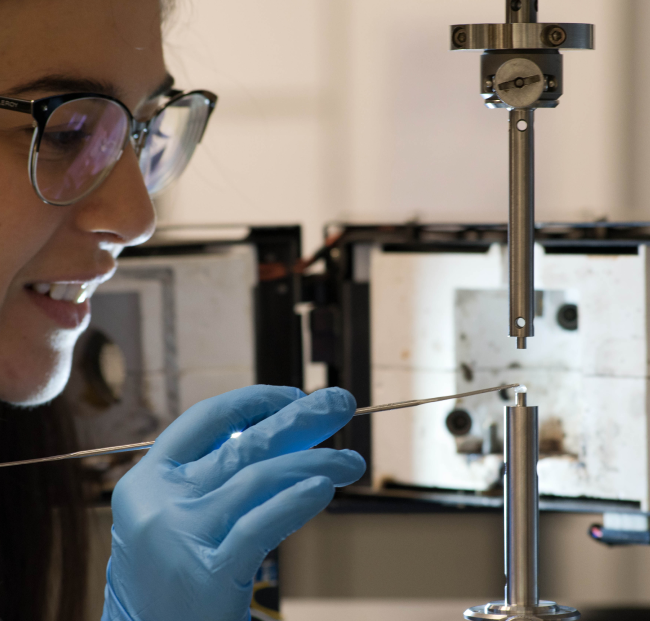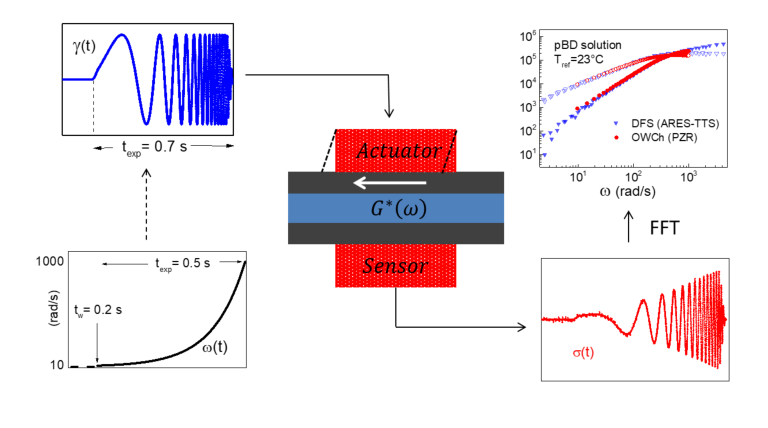
OUR VISION

Soft Matter more green
Most of our everyday materials are made out of synthetic compounds that are known to have a negative environmental impact and therefore need to be replaced. Soft Matter sciences are ideally placed to address these issues. We aim with this EU-funded FORGREENSOFT project to explore new routes to replace some of these ingredients. The focus is on bio-sourced raw materials obtained through eco-friendly processes. We will achieve this through a multilevel transfer of knowledge and research collaboration between FORTH and European centers of excellence at the University of Vienna in Austria and at the Max-Planck Institute in Germany.
NEWS & EVENTS
Workshop on Transferable Soft Skills, Industrial Training, and Exploitation
October 28th-31st, 2024
University of Vienna, Vienna, Austria
PARTNERS
PUBLICATIONS
High-frequency Optimally Windowed Chirp rheometry for rapidly evolving viscoelastic materials: application to a crosslinking thermoset

ABSTRACT: Knowledge of the evolution of mechanical properties of the curing matrix is of great importance in composite parts or structure fabrication. Conventional rheometry, based on small amplitude oscillatory shear is limited by long interrogation times. In rapidly evolving materials, time sweeps can provide a meaningful measurement albeit at a single frequency. To overcome this constraint we utilize a combined frequency and amplitude-modulated chirped strain waveform in conjunction with a home-made sliding plate piezo-operated (PZR) and a dual-head commercial rotational rheometer (Anton Paar MCR 702) to probe the linear viscoelasticity of these time-evolving materials. The direct controllability of the PZR resulting from the absence of any kind of firmware and the microsecond actuator-sensor response renders this device ideal for exploring the advantages of this technique. The high frequency capability allows us to extend the upper limits of the accessible linear viscoelastic spectrum and most importantly, to shorten the length of the interrogating strain signal (OWCh-PZR) to sub-second scales, while retaining a high time-bandwidth product. This short duration ensures that the mutation number (NMu) is kept sufficiently low, even in fast curing resins. The method is validated via calibration tests in both instruments and the corresponding limitations are discussed. As a proof of concept the technique is applied to a curing vinylester resin. The linear viscoelastic (LVE) spectrum is assessed every 20 seconds to monitor the rapid evolution of the time- and frequency-dependence of the complex modulus. Finally, FTIR spectroscopy is utilized to gain insights on the evolution of the chemical network while the gap-dependence of the evolving material properties in these heterogeneous systems is also investigated.



